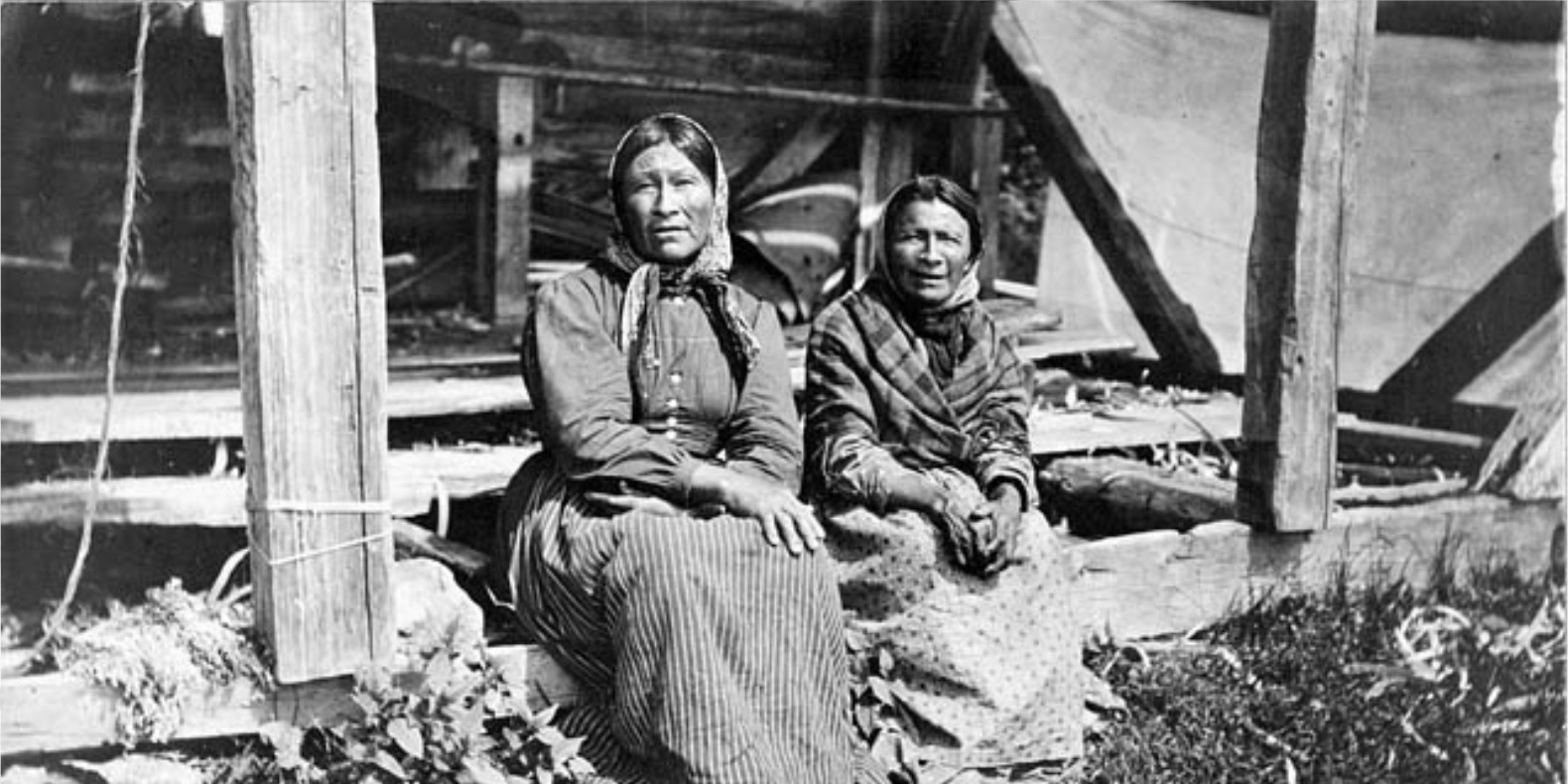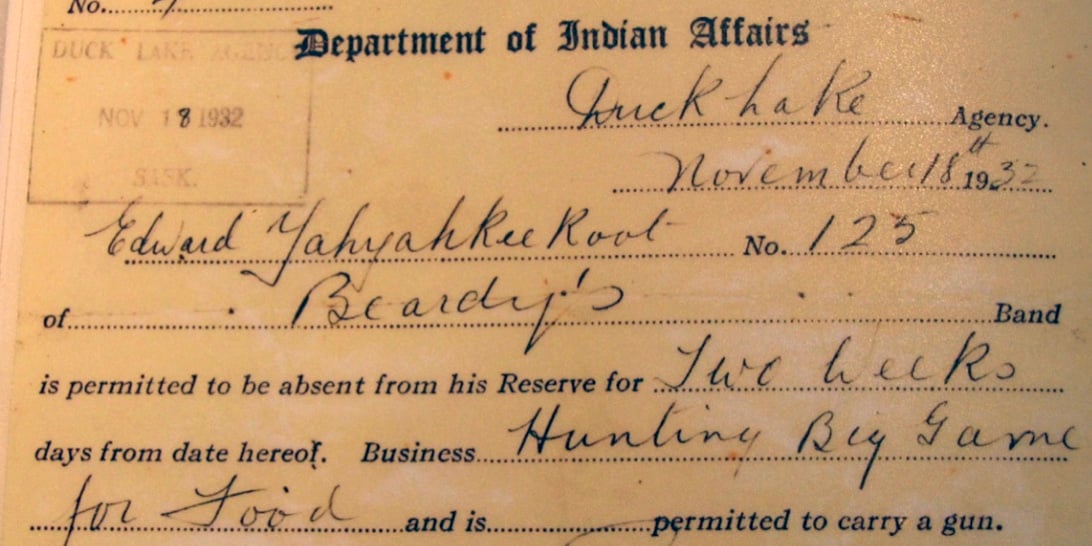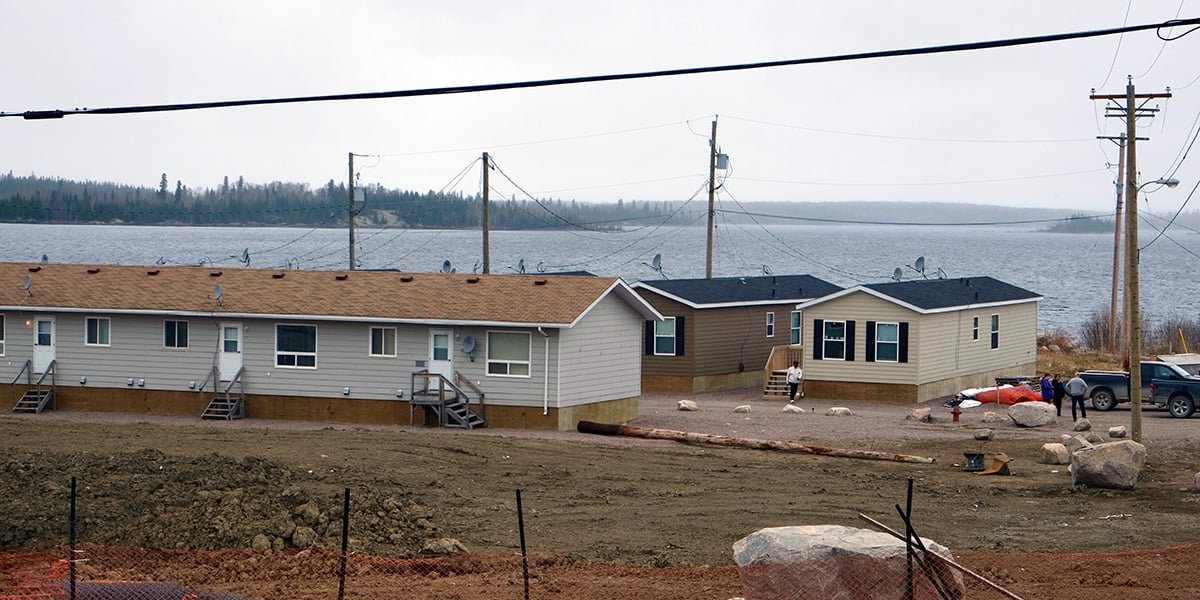21 Things™ You May Not Have Known About the Indian Act
The great aim of our legislation has been to do away with the tribal system and assimilate the Indian people in all respects with the other...

How long do you think First Nations have been fighting against the inequitable treatment of First Nation women by federal government laws and policies? At least since 1869 and likely back to 1867 with the passage of the British North America Act [1] and Section 91.24 when the Federal Government gained control of Indians and Lands reserved for Indians.
The Indians themselves objected strenuously to penalties being imposed on Indian women but were ignored. In 1872 the Grand Council of Ontario and Quebec Indians (founded in 1870) sent a strong message to the Minister at Ottawa protesting among other things section 6 of the 1869 Act in the following unmistakable terms: 'They (members of the Grand Council) also desire amendments to Section 6 of the Act of 1869 so that Indian women may have the privilege of marrying when and whom they please; without subjecting themselves to exclusion or expulsion from their tribes and the consequent loss of property and the rights they may have by virtue of their being members of any particular tribe. The Indians' request went unheeded [2]
Gender-based discrimination is very much part of Indian Act policies. This long history of discrimination included loss of status for if a status Indian woman married a non-status man, the loss of status was also borne by the children. For more information, please read "Indian Act and Women's Status: Discrimination via Bill C-31, Bill C-3"
Matrimonial real property is the family home where a couple lives during a marriage or common law relationship. When that relationship breaks up, provincial and territorial laws protect the matrimonial real property interests and rights of both partners - there is legal protection that ensures that the matrimonial real property is dealt with equitably. Not so much the case for a First Nation woman who lives on a reserve. For a First Nation couple living on a reserve, when the relationship breaks down, the woman has no legal recourse for equitable division of property.
On June 19, 2013, the Family Homes on Reserves and Matrimonial Interests or Rights Act received Royal Assent. Known as the Matrimonial Real Property Act (MRPA), the Act is designed to provide women living on First Nation reserves the same access to matrimonial rights as those living off reserves.
Canadian divorce laws rely on the assumption that the family home can be sold at fair market value and the proceeds divvied up but on reserves, there is no fair market value for homes because there is no market. Reserve land, held by the federal government in trust for the band as a whole, can't be sold - so, despite the Act, the person who leaves the family home still does so with nothing.
Under the MPRA, First Nations can develop their own laws to deal with the disbursement of property, but those laws have to fall within the guidelines of the MRPA; the federal rules are the default option. Easier said than done. Developing its own laws is a monumental undertaking for a First Nation as they will be dealing with the 19th-century paternalism of the Indian Act and the 20th-century European concepts of equality while trying to respect and integrate their own cultures and traditions.
This is a complex Act and what we have provided here is just a brief synopsis.
For those looking to learn more about Indigenous history, culture and relationship-building best practices, we recommend our Working Effectively with Indigenous Peoples® training.
[1] Now The Constitution Act, 1876
[2] Kathleen Jamieson, Indian Women and the Law in Canada: Citizens Minus (Ottawa: Advisory Council on the Status of Women, Ministry of Supply & Service Canada, 1978) at p. 30
Featured photo: Two Ojibway women from Flying Post First Nation during Treaty 9 payment ceremony at New Brunswick House, Ontario, July 1906. Photograph attributed to Duncan Campbell Scott/Library and Archives Canada/PA-059615.

The great aim of our legislation has been to do away with the tribal system and assimilate the Indian people in all respects with the other...

We identify ourselves in many ways - by gender, generation, ethnicity, culture, religion, profession/employment, nationality, locality, language,...

A First Nation reserve is a tract of land set aside under the Indian Act and treaty agreements for the exclusive use of an Indian band (First...